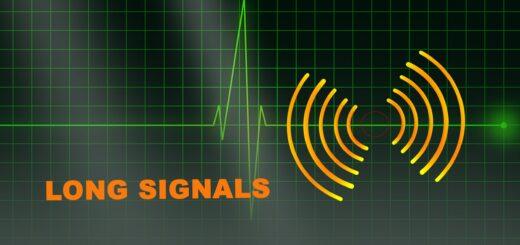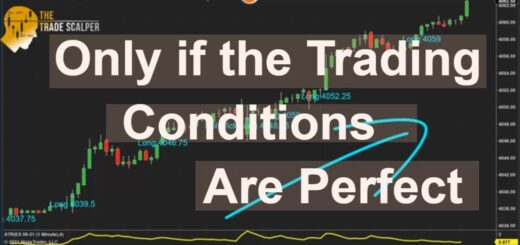Innovation in Motion: Roadmap Software Redefines Fresh Market Analysis
Today, we’re diving into the trading day with a fresh market analysis using the Roadmap software. The market has just opened, and I’ve already spotted a fantastic opportunity to go long. This occurred right before the market opened, so I missed the initial move. However, it’s currently 10:00 AM, which is my preferred trading time as the market typically stabilizes unless there is a significant news event.
Trading Disclaimer: Before we begin, a reminder: trading is risky. Only trade with funds you can afford to lose.
Initial Analysis and Trade Setup
As of now, the market has surpassed a Roadmap zone, making it an ideal moment for trade number one. The opportunity to go short is clear because the market not only passed the Roadmap zone but also closed on the opposite side, indicating that the zone is not holding and the market is strong.
Trade Strategy: Short Entry
Here’s the reasoning behind the short trade:
- The market surpassed the Roadmap zone and closed on the opposite side.
- This indicates that the zone is not holding and the market strength is significant.
We have two potential scenarios when the market surpasses a zone:
- Continuation: The market continues in the same direction.
- Reversal: The market reverses upon landing in the zone.
Trade Examples and Confirmation
To illustrate, here are a few trades using the Roadmap:
- Zone B Down: The market is trading around this zone. If it breaks through, we go short.
- Confirm the break before entering.
- In this instance, the market broke the zone, confirming the short entry.
- Action: Enter short, aiming for a profit target and setting a stop loss.
- Trade Scalper Signal: Around 5660, we received a signal to go short.
- Confirmation: Wait for the market to break through the zone.
- Action: Once confirmed, enter short and manage the trade with a target and stop loss.
Trade Management and Patience
It’s essential to:
- Keep your stops and targets in place.
- Exercise patience, usually holding trades for no longer than 15-20 minutes on a one-minute chart.
Example: Long Entry
When the market approaches Zone B to the downside, observe for a potential reversal or continuation:
- If it breaks the zone to the upside, consider a long entry.
- Enter long with a target and stop loss.
Final Thoughts and Trading Room Invitation
Today, within just 20 minutes of market activity, several trading opportunities emerged. Not every signal needs to be acted upon; select trades that align with your strategy and market conditions. Always be aware of market volatility, news events, and economic announcements, such as speeches from the Federal Reserve.
For those interested in further learning and live trading, consider joining




